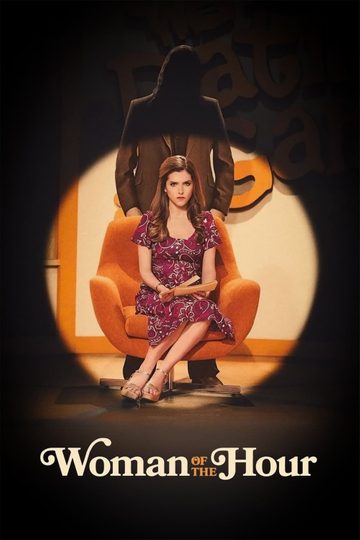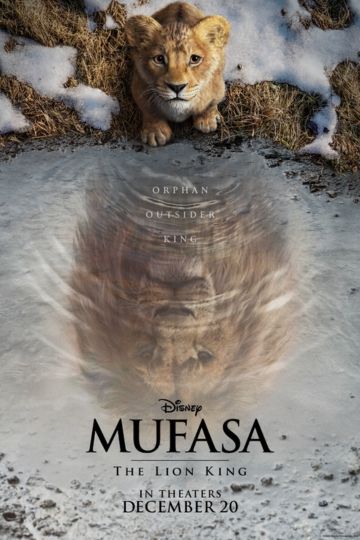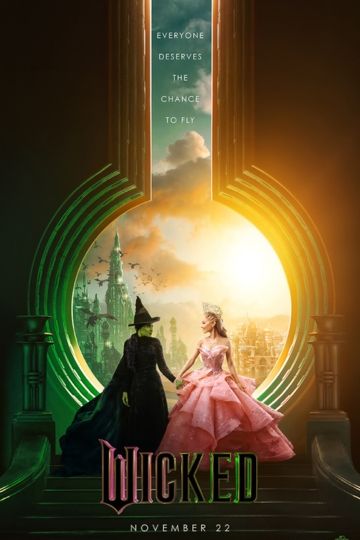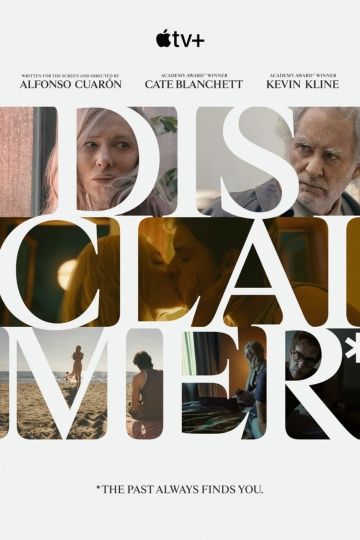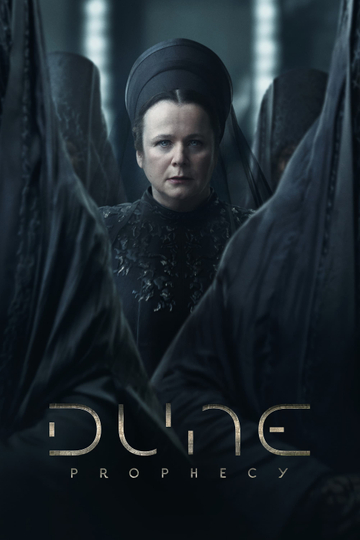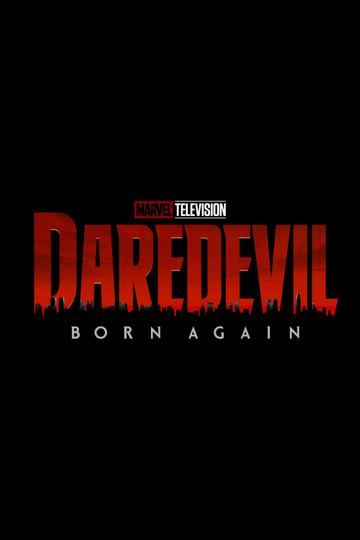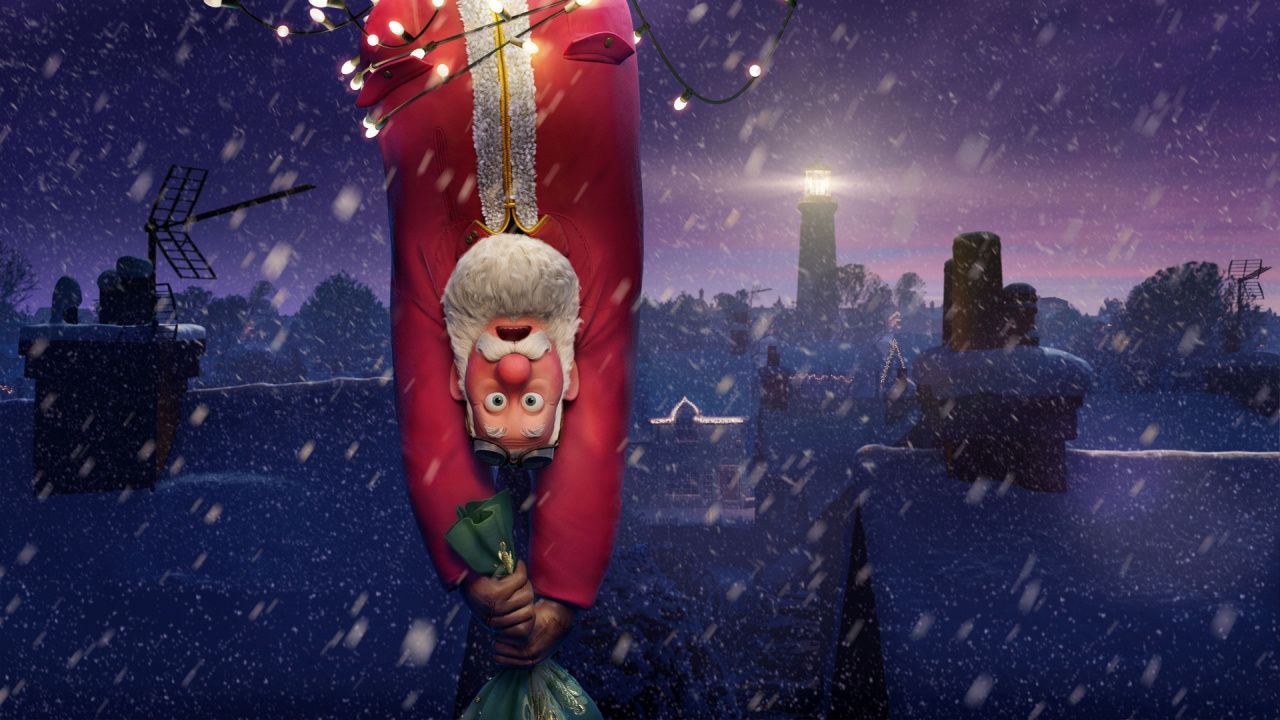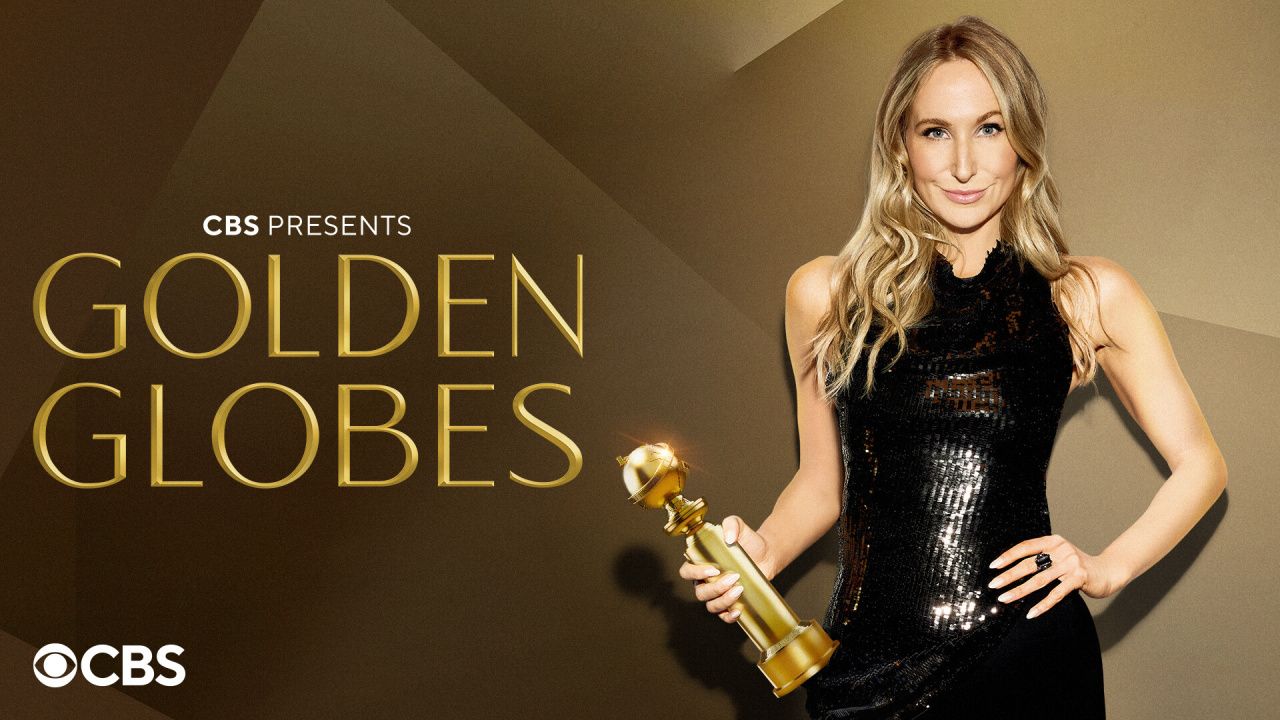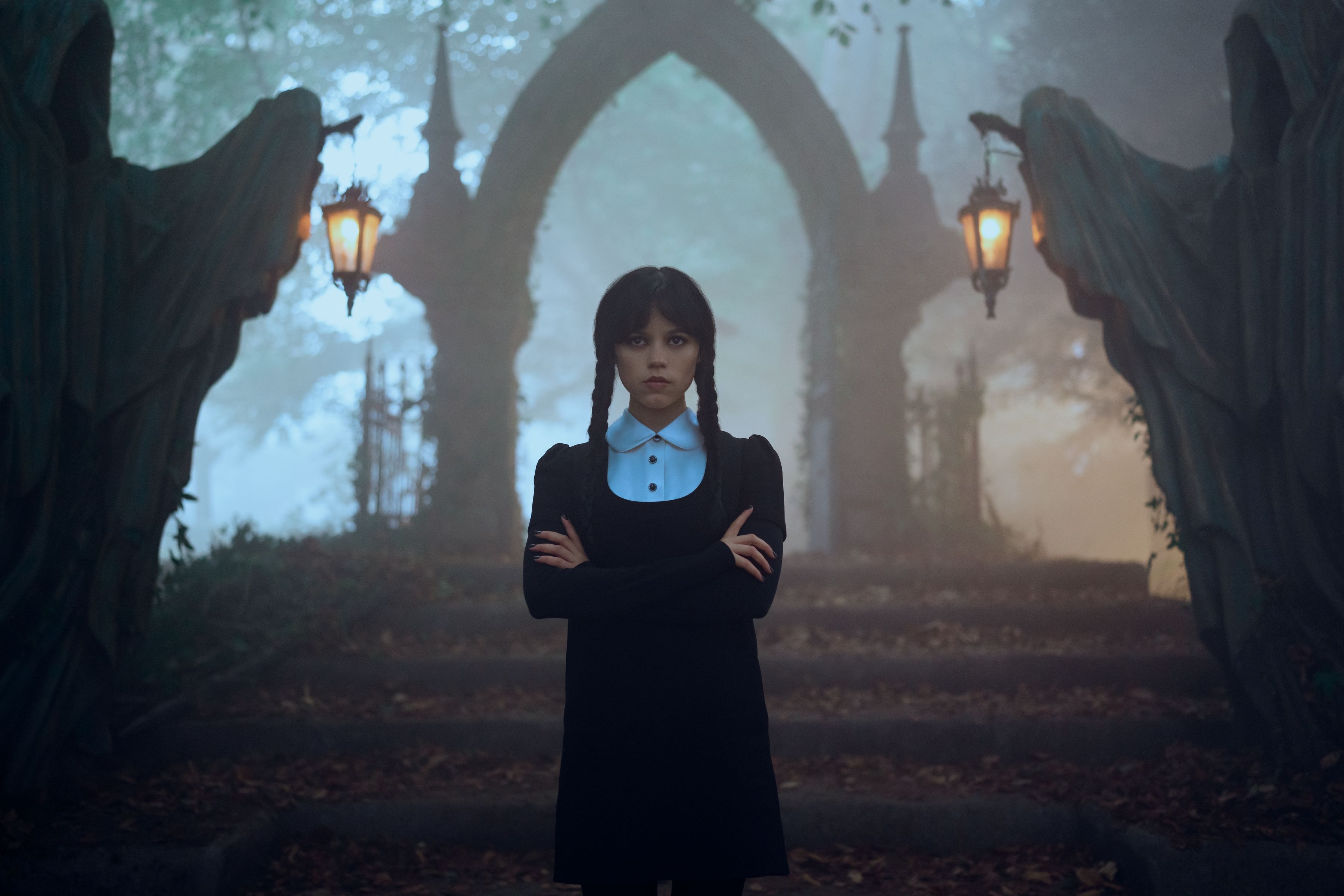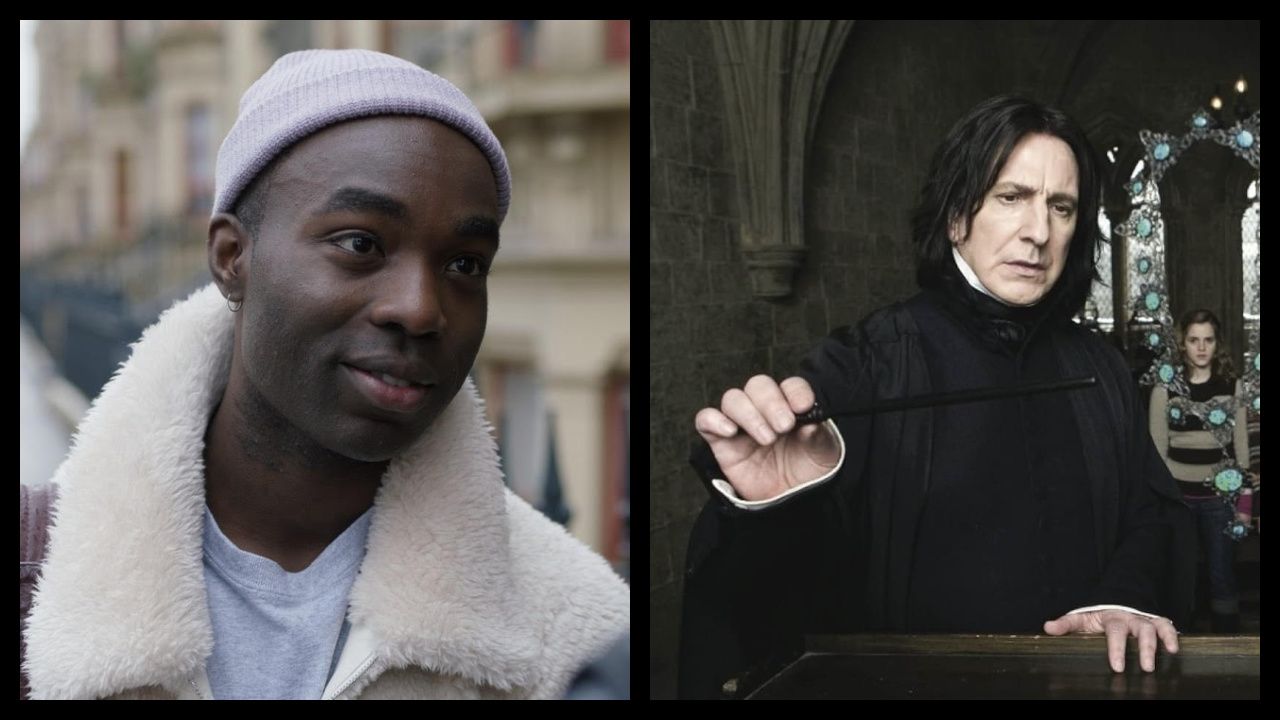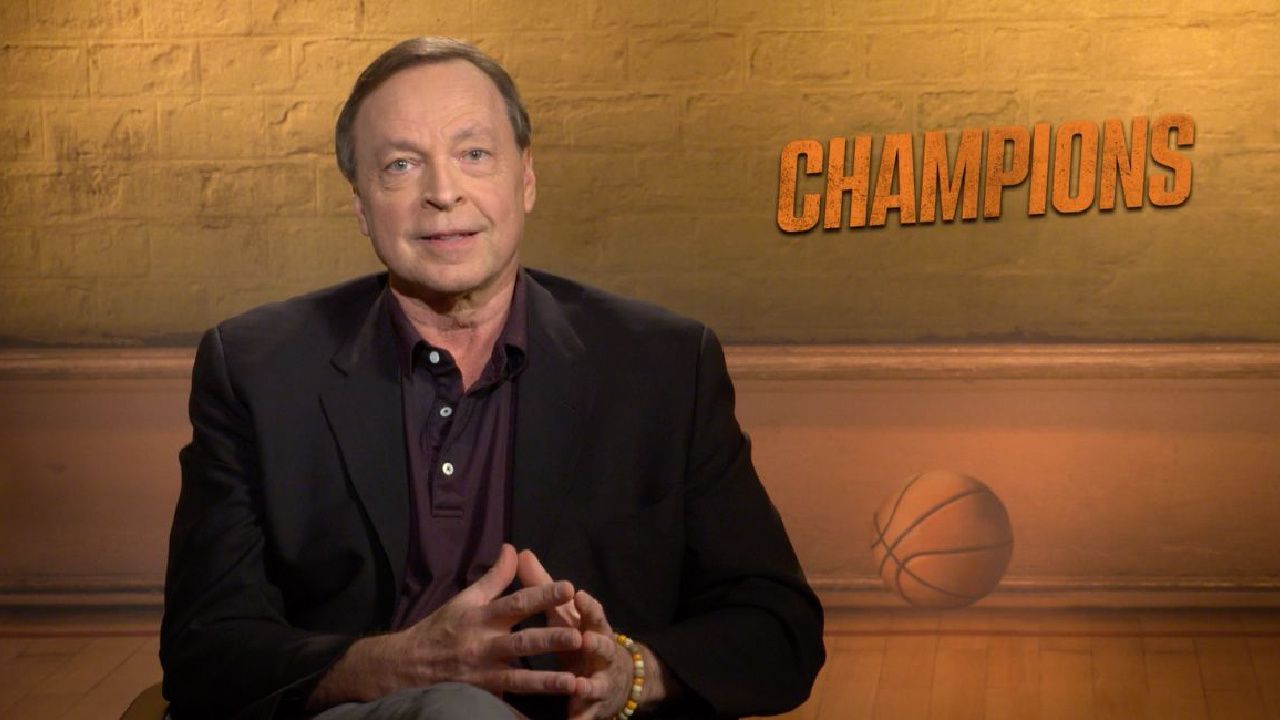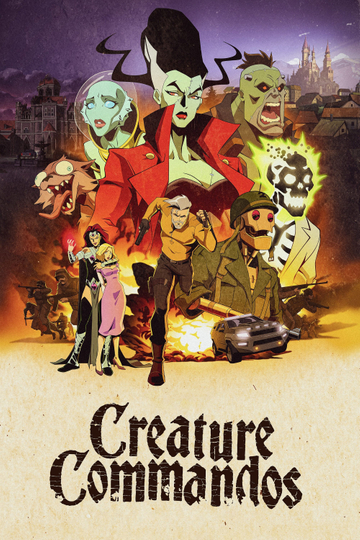11 Things You Never Knew About 'Some Like It Hot'
It’s been 60 years since “Some Like It Hot” premiered in theaters, but there are few comedies in Hollywood history that seem to have retained their impact, both culturally and viscerally, like this 1959 film about two musicians in drag hiding from the mob in an all-female band. Billy Wilder had long since proven his mettle as a screenwriter and director by the time of its release, thanks to “Double Indemnity,” “The Lost Weekend,” “Ace In the Hole,” “The Seven Year Itch” and more. But the film’s defiance of convention -- made without the notoriously restrictive Motion Picture Production Code seal of approval -- made it a delightfully naughty escapade for audiences that has only grown in stature over the years and even became a trailblazer, if not necessarily a nuanced one, for exploring taboo subjects like homosexuality on screen. (It was recently inducted into the Criterion Collection.)
As the film commemorates its 60th anniversary, Moviefone celebrates Wilder’s achievement with a list of trivia, production details and other factoids from the making and legacy of this comedy classic. Hold on to your blouse!
1. When Wilder originally conceived the idea with co-screenwriter I.A.L. Diamond, he originally hoped to cast Frank Sinatra as Jerry/Daphne, the role that went to Jack Lemmon, and Mitzi Gaynor as Sugar, eventually played by Marilyn Monroe.Sinatra apparently lost out on the role after missing a lunch date with Wilder.
2. Al Capone was an inspiration and obvious point of reference for the character of Spats Colombo, the gangster on Joe and Jerry’s heels. Capone gunned down rival gang members in the 1929 Saint Valentine's Day massacre, an incident that is strikingly similar to the events in the film.
3. Monroe’s contract stipulated that all of her films were shot in color, but Wilder convinced her that black and white would be better for “Some Like It Hot” after seeing color screen tests that made Lemmon and Tony Curtis look green and ghastly when in their drag make-up.
4. In order to get comfortable in their costumes, Curtis and Lemmon walked around Goldwyn Studios dressed as women to see how long it would take for them to get noticed. A scene on the train where the duo applies make-up echoes an experience where they used a public mirror and none of the surrounding women complained, convincing them they could fool, or even just pass for women.
5. Curtis and Lemmon hired a male cabaret dancer named Barbette to teach them how to walk in heels. But after a week, Lemmon declined his help after realizing that he wanted to look like a man trying to walk like a woman rather than simply walking like a woman.
6. Curtis proposed that he talk like Cary Grant when playing the “millionaire” role, and Wilder agreed. The results are self-evident in the film, but Grant objected. When he saw the film and Curtis’ impression, he joked, "I don't talk like that."
7. Despite his best efforts, Curtis was unable to maintain the falsetto needed to play Josephine for an extended period of time. As a result, Wilder ended up combining some elements of Curtis’ performance with dubbing by actor Paul Frees to give it the consistency that the film needed.
8. Marilyn Monroe’s problems remembering her lines have grown to epic proportions because she was suffering from alcohol and drug addiction. She apparently required 47 takes to correctly say, “It’s me, Sugar.” In another scene where she asks, “@here’s the whiskey?” Wilder allegedly pasted the dialogue in the bottom of each drawer so she couldn’t miss it. (It still supposedly took 59 tries.)
9. The now-famous closing line, "Nobody's perfect," was originally conceived as a stand-in for whatever Wilder and Diamond could come up with later - which eventually turned out to be nothing. Wilder later wrote his own epitaph inspired by a similar line: "I'm a writer, but then nobody's perfect."
10. Produced outside the Motion Picture Production Code, the film’s story plays not only with the idea of cross-dressing but homosexuality. As a result, the film was banned from being shown in Kansas, and the Roman Catholic Church legion of Decency rated it “Morally Objectionable in Part for All.”
11. 49 years after the release of the movie, a California man found a little black dress in his closet and was shocked to discover that Monroe was once sewn into it for the film. Appraisers for “Antiques Roadshow” determined that the eventual value of the hand-me-down was an estimated $250,000.


